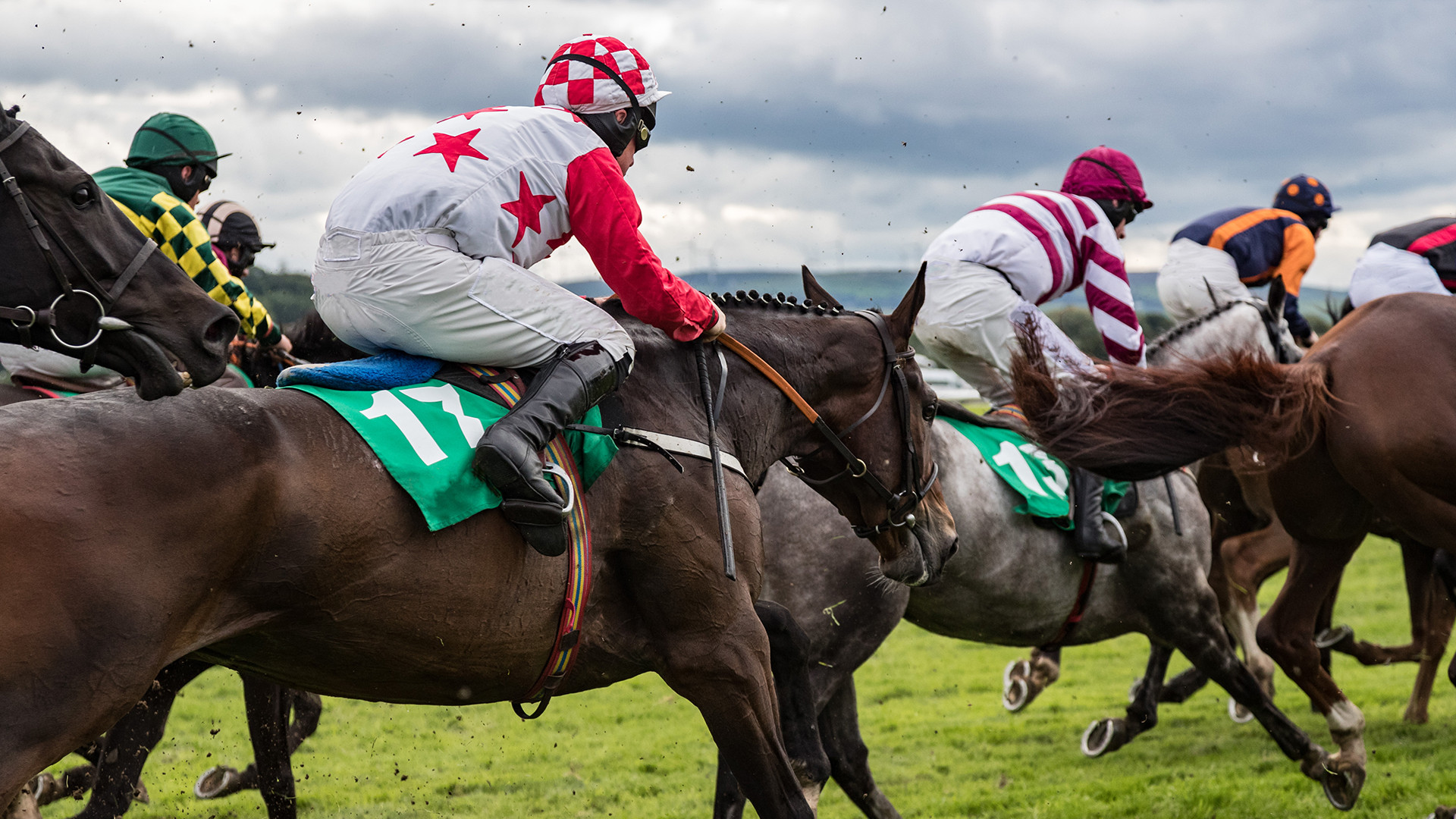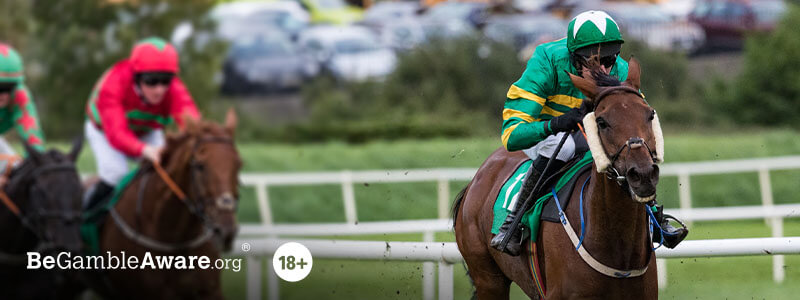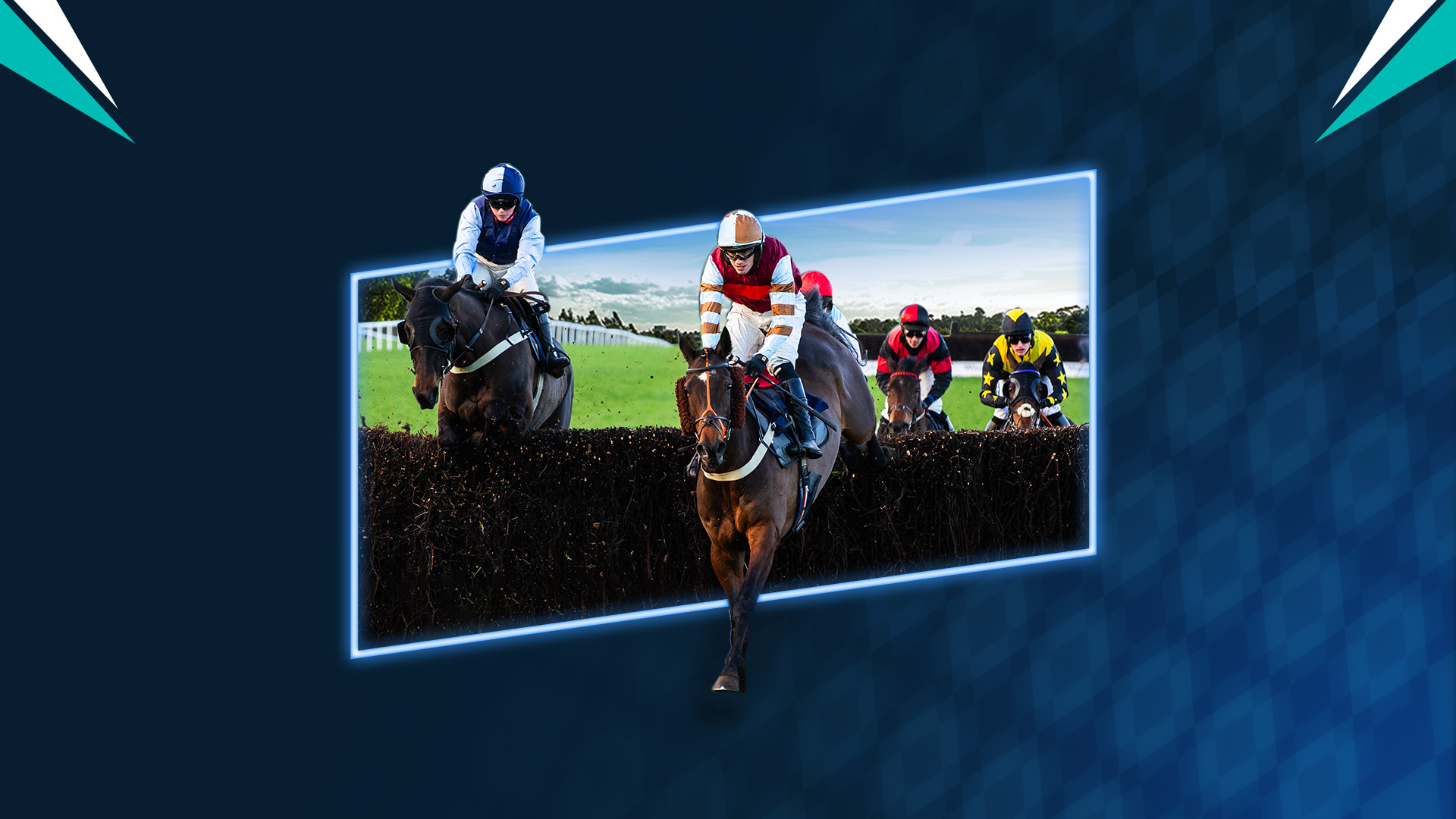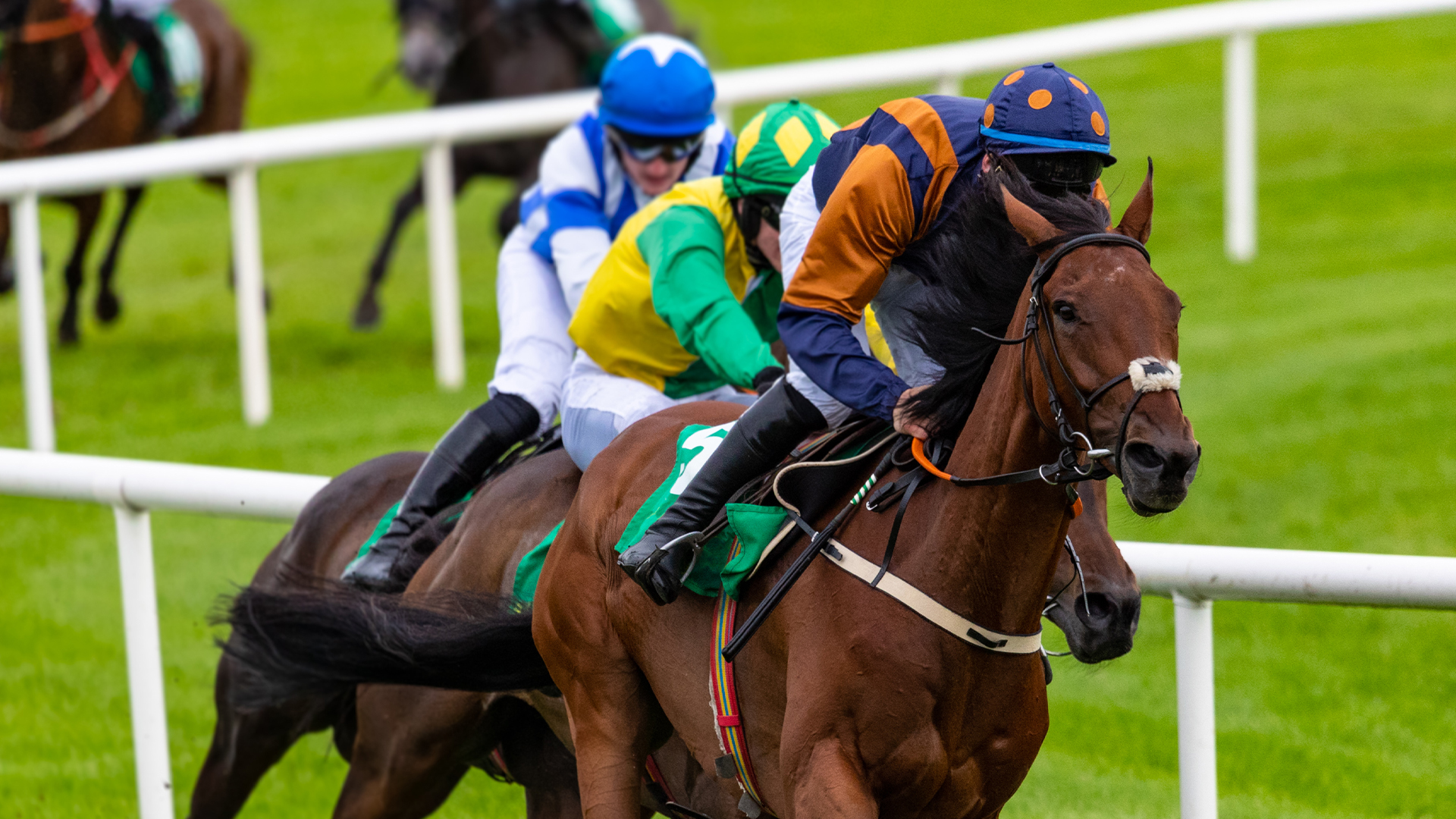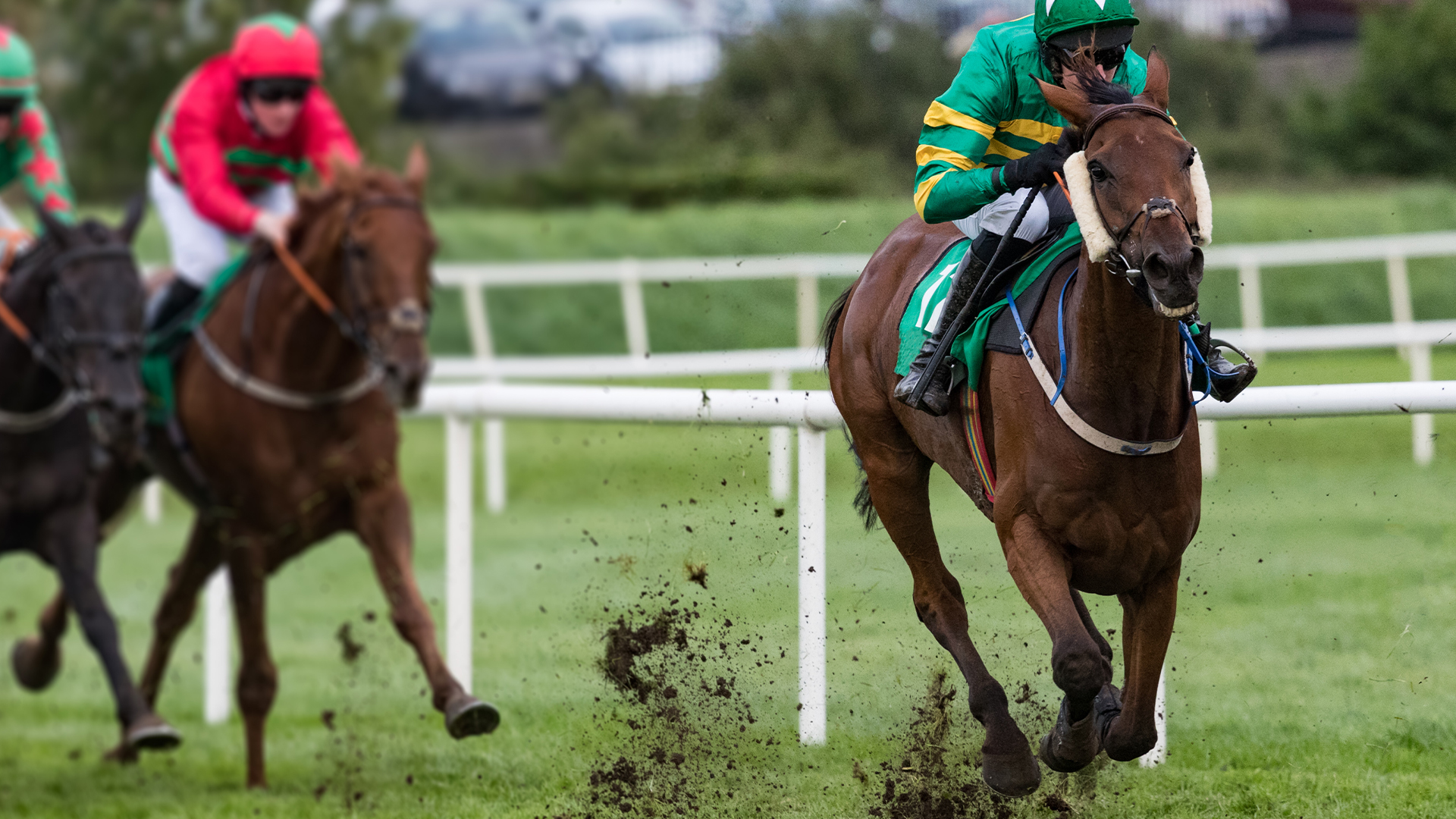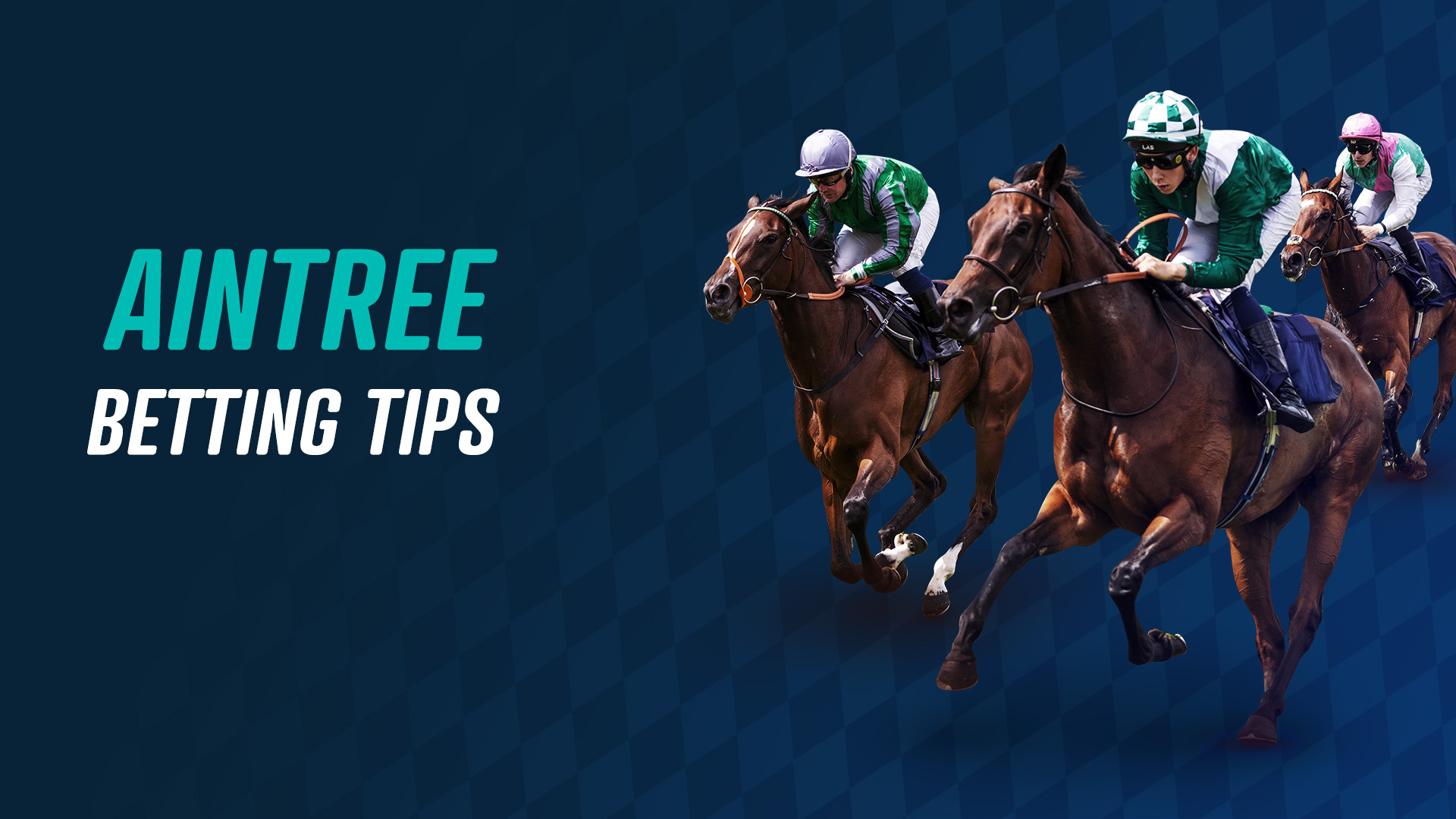
Aintree Racecourse Guide
Aintree racecourse is one of the most instantly recognisable racecourses in the UK and has been home to the Grand National since 1839. With high jumps and unique fences around the circuit, races at Aintree make for some of the most exciting horse races of all time. If you are heading there for the Grand National or simply for a day at the races, Bet UK’s Aintree guide has everything you need to know. Bet UK’s online betting has the latest horse racing betting odds for all Aintree meetings, including for Grand National betting. Bet UK also has a selection of Grand National offers available in the lead up to the race.
Register for an account at BetUK
Where is Aintree Racecourse?
Aintree Racecourse is located just north of Liverpool in the north west of England. It’s close proximity to both Liverpool and Manchester make access very easy, even is the actual village of Aintree is quite small. Aintree can hold 75,000 racing fans and when the Grand National comes around, it’s bound to be a sell out. It’s huge capacity makes it the second biggest racecourse in the UK, only behind Epsom.
Racing on Aintree Racecourse
The track at Aintree is one of the most difficult courses to run on in the United Kingdom and that is demonstrated on Grand National day where horses are pushed to their limits.
The course itself is triangular with the Canal Turn sat as the furthest point from the stands. So, if it comes down to it, your horse might be leading going into the turn but by the time you see it again, it could have dropped significantly down the pecking order. Horses will often look to take the inside of the course as the sharpness of the course is one that leads to many horses struggling and just one bad corner where horses are pushed too far to the outside can cause issues.
To the average punter, the Aintree course is deceiving, even though the course is flat, it is extremely testing for a horse, the stamina required is unheard of and if the horse you're backing isn't on the bridle when leaving the back straight run-in, it's unlikely they'll be victorious. It's a long, long track but if the jockey and the horse can get into a good rhythm with each other, they'll have a good chance of coming out victorious on the Mildmay course.
There are many well-known fences at Aintree including the infamous Becher's Brook and Valentine's alongside the previously mentioned Canal Turn. However, once you've finished those, you have the Chair - which is the tallest fence in the national and the water jump, surprisingly these fences don't take down many horses. Perhaps it's the anticipation of the winning post during the Grand National race that wills these horses down the home straight and into the parade ring because these two - from the outside looking in, look like a dangerous duo of fences.
What is the capacity of Aintree racecourse?
Aintree racecourse can fit in approximately 75,000 people at any one time. This includes all guests, including those who purchased hospitality options at the venue. The only racecourse bigger than Aintree is the racecourse in Epsom, which hosts the Epsom Derby.
How to get to Aintree Racecourse?
Driving to Aintree Racecourse
Driving to Aintree isn’t always recommended because of car parking and large crowds after the races, but if you have no other choice, then Aintree is quite easy to reach. From the north, head along the M6 before leaving at Junction 28 and joining the M58. From there, Aintree racecourse will be clearly signposted. If you are driving from the south, then leave the M6 at Junction 21A and merge onto the M62 heading west. Exit at junction 6 and join the M57, where signposts will direct you the rest of the way. If you would prefer to use SatNav to guide you to Aintree, the course postcode is L9 5AS.
Car Parking at Aintree Racecourse
There is only space for 1,800 cars at Aintree racecourse, so if you are planning on driving, it’s best to get there early. If you are heading there for the Grand National, you will have to book your space in advance. Otherwise, parking is free and can just be grabbed on the day. If you can’t park at the actual racecourse, then there are a few other options including Aintree train station car park and a nearby industrial estate.
Getting the train to Aintree Racecourse
Aintree has its own train station, making it one of the best ways to get to Aintree racecourse. Although it does have it’s own station, it isn’t accessible directly from stations up and down the country. Your best bet will be to get the train to Liverpool and make your way to Aintree from there. There are plenty of trains running regularly so you shouldn’t have any problems. The station is directly across the road from the racecourse, and pedestrian friendly directions are signposted throughout the station.
What is the track like at Aintree?
The track is less important at Aintree, this is a course that is all about the fences. In the Grand National especially, the fences are amongst the hardest to manoeuvre anywhere in the country and can provide problems for even the most experienced jockey. The course features 16 unique fences, although 2 circuits of the course in the National mean there are 30 fences to jump in total. Some of the most notorious include Becher’s Brook, Valentine’s Brook and The Chair. The Chair is one of the hardest fences anywhere in the world. The track rises slightly, before a 6ft ditch is followed by a 5ft 2in fence, before the track drops back down the hill. Typically the sight of a lot of falls in the Grand National, it is always a jump that jockeys take great care on.
Racing Meetings at Aintree Racecourse
Of course, the biggest meeting of the season at Aintree is the Grand National. Arguably the most famous race in the world, the Grand National pits up to 40 horses against each other for 3 circuits of the Aintree course. Typically raced in the first weekend in April each year, the National draws record crowds to Aintree and Liverpool for a race that always promises excitement. There are other events throughout the jumps season, but none will gather the crowds, or create the excitement that the Grand National brings.
If you are betting on the Grand National, please gamble responsibly and remember that when the fun stops, stop. All players must be 18+, begambleaware.org.
